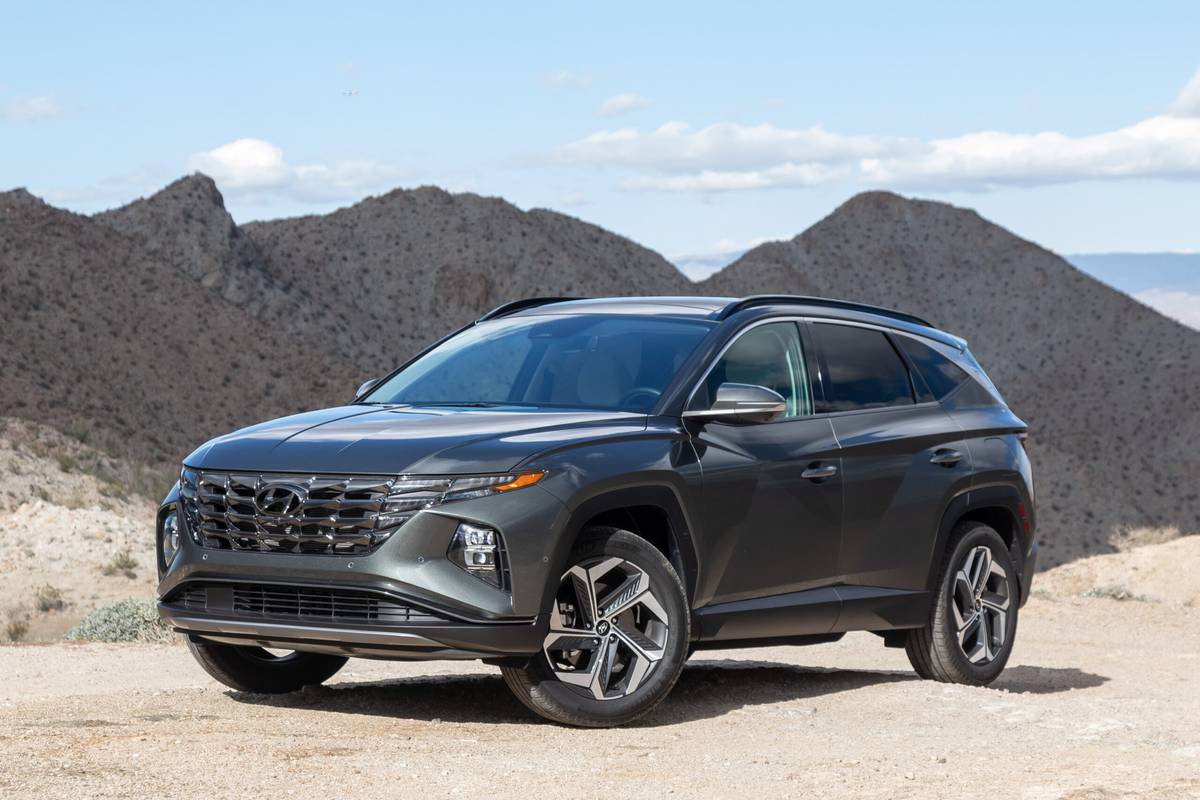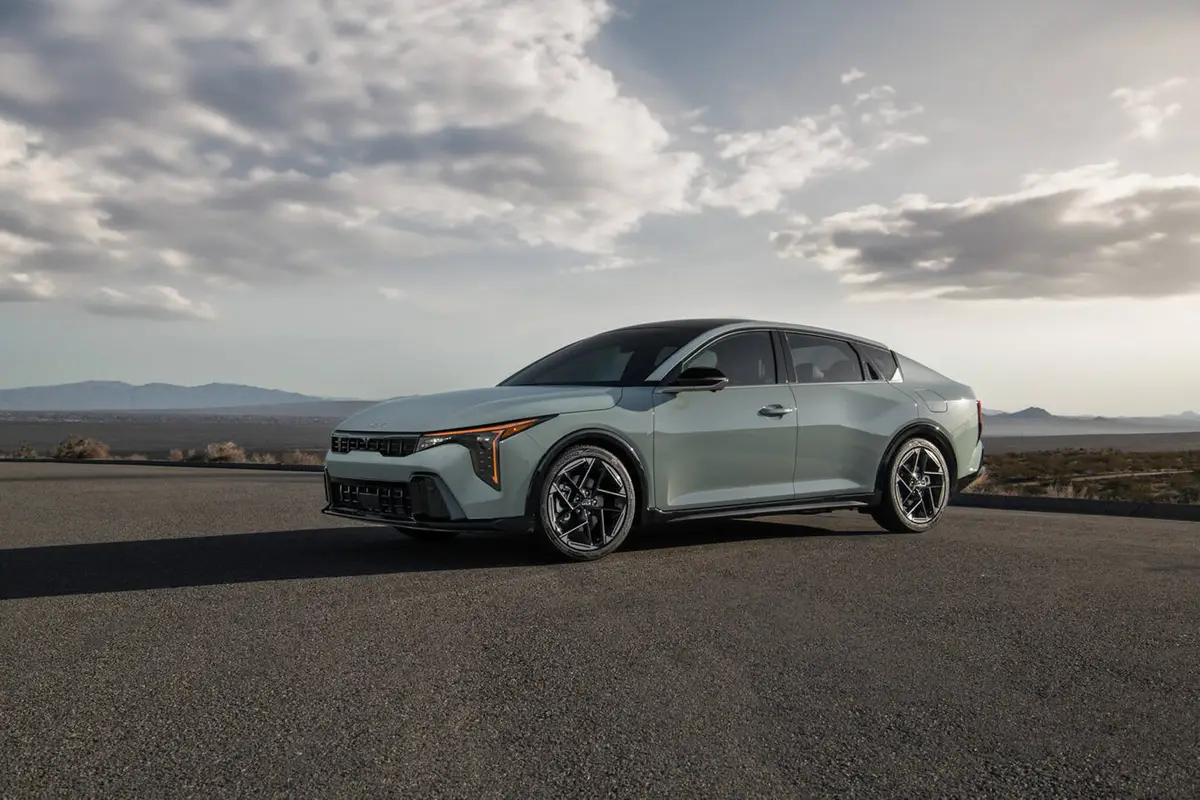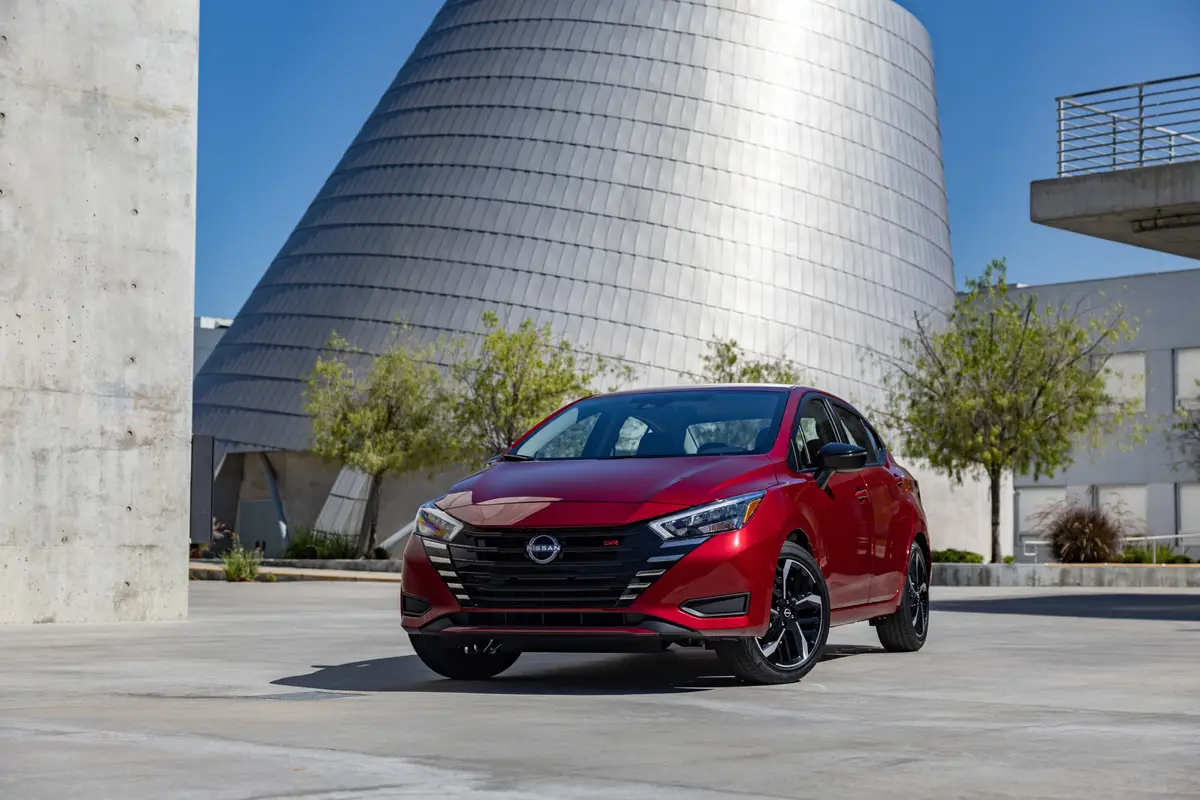washingtonpost.com's view
Certain biases drive the domestic automobile industry. One is the notion of America itself. Detroit sees it as a big country filled with big people, all of whom love their space.
There also is Detroit’s idea of “the average American” — to wit, anyone not rich enough to afford a Cadillac but who makes enough money to buy a Chevrolet.
From Detroit’s viewpoint, the average American is conservative. Demographics — race, gender, age — do not matter. What’s important is mind-set, which is centrist to the max.
Detroit believes the average American wants balance. Style is desired. Excessive display is forbidden. Saturday night revelry is good. Sunday morning reverence is mandatory. The Higher Power moves souls. Horsepower moves wheels. In both cases, more power is better than less.
Putting it all together yields average American cars that are big on the outside, roomy on the inside, modestly styled and imbued with at least 200 horsepower. If you understand that, you’ll understand why a car as ordinary as the Chevrolet Impala has been around, in one form or another, since its inception in 1958.
It is the quintessential American car. From 1960 through 1970, it was the nation’s best-selling large family sedan. It remains a strong contender in that market segment today. Over the years, the Impala has changed from rear-wheel-drive to front-wheel-drive; and from a severely squared body to something more rounded, tapered and visually pleasing. But even in its nicely sculpted 2006 iteration, it is what it has always been — a motorized tribute to the common man.
Commonality, however, does not exclude variation. Thus, we have the base LS with its ascetic bench seats front and rear, an arrangement reminiscent of pews in a church. That model gets General Motor Corp.’s soft but serviceable FE1 suspension and a 211-horsepower, 3.5-liter V-6 engine.
Government agencies tend to buy the Impala LS. It is a symbolic gesture to taxpayers. The car is a purposeful, bona fide conservative — often used on the job by government employees who are seldom tempted to drive it home.
The Impala LT, with its cloth bucket seats, also gets the 3.5-liter V-6 and the FE1 suspension, along with the 16-inch-diameter wheels appropriate for that package. It is a likable car that grows on you, becomes a part of you — in much the manner of a favorite pair of jeans or tennis shoes — as the miles accumulate.
Next up the line is the Impala LTZ, which flirts with notions of safe sex and entry-level luxury. It gets a 3.9-liter, 242-hp V-6; 17-inch-diameter wheels; and amenities such as genuinely supple leather seats. None of that undermines the “just folks” theme of the Impala line. Instead, it confirms that “average” is a combination of highs and lows divided by the number of components in the mix. Put another way, some average Americans always try to be more equal than others.
That is the case with Impala SS, my favorite of the group, which comes with a 5.3-liter, 303-hp V-8 engine; 18-inch-diameter wheels; and GM’s stiffer, tighter-handling FE3 suspension. It allows you to break loose from convention without going too far, to make a statement without espousing heresy; and to flex your muscles, no matter that you’re little more than skin and bone.
GM, much to its credit, has done Impala fans the long-awaited favor of improving interior materials in the 2006 cars. Most cheap-feel stuff is gone, with the notable exception of polyurethane, obviously fake wood accents in the Impala LT, which I drove for several hundred miles.
The instrument panel is well designed, with most dials and switches placed within easy reach of the driver. But GM continues to install the hazard-light switch on the topside of the Impala’s steering column. Tsk, tsk. Putting the switch in that location necessitates reaching around or through the steering wheel to activate it in an emergency.
In other cars, such as the Cadillac DTS, GM has changed the location of the hazard-light switch to a more accessible spot on the instrument panel. Why couldn’t it have done the same thing for the Chevrolet Impala?
Perhaps the company is betting that the average American will not worry about something that seemingly minor as long as the Impala offers Cadillac value at a Chevrolet price. It certainly does that in the LTZ and SS editions; and the likelihood is that most average Americans will see that as a good thing.
– – –
Nuts & Bolts
2006 Chevrolet Impala
Downside: Awkward location of the hazard-light switch; fat A-pillars framing the windshield; ah, and some people complained that the rear seats in the new Impala were not as commodious as those in predecessor cars, especially the old rear-wheel-drive models.
Ride, acceleration and handling: I spent most of my time in the Impala LT. It is another one of those cars that will please people who drive within posted speed limits, exercise caution in turns, and who rate common sense above pretense. The ride is comfortable. Handling is acceptable. Acceleration affords quick, safe highway lane changes.
Head-turning quotient: A motorized version of the American flag. People see it, like it and respect it. Some respond to it with patriotic warmth. But no one drools.
Body style/layout: The 2006 Chevrolet Impala is a large front-engine, front-wheel-drive family sedan with a large trunk. It is an all-American car in the truest sense of the term — built in Oshawa, Ontario, Canada, with most parts and design elements coming from the United States.
Engines/transmission: The tested Impala LT and base LS get the 3.5-liter, 211-horsepower V-6; the upscale LTZ gets the 3.9-liter, 242-hp V-6; and the sport/luxury SS gets the 5.3-liter, 303-hp V-8. Note that the V-8 engine comes with General Motors’ improved Displacement on Demand technology, in which computers automatically shut down four cylinders to help save fuel in low-speed traffic, such as that found in congested urban areas. All three engines get a four-speed automatic transmission.
Cargo and fuel capacities: The Chevrolet Impala has seating for six people with bench seats front and rear. It has seating for five with front bucket-seat arrangement. Cargo volume is 18.6 cubic feet. The fuel tank holds 17.5 gallons of regular unleaded gasoline.
Mileage: I averaged 28 miles per gallon mostly in highway driving in the tested Impala LT.
Safety: GM’s emergency OnStar communications system is standard on the 2006 Impala. Among other services, OnStar automatically notifies emergency services in the event of a crash, pinpointing the exact location of the accident and thereby helping to speed up lifesaving assistance. A subscription fee is required for activation. Head air bags also are available in the new Impala.
Price: Base prices for the 2006 Chevrolet Impala range from $21,990 to $27,790. Price as tested for the LT model is $23,070, including $550 in options and a $660 destination charge. The dealer’s price as tested on that model is $21,338. Prices are sourced from Chevrolet, Edmunds.com, and Cars.com, a Washington Post affiliate.
Purse-strings note: Compare with the Ford Five Hundred, Chrysler 300c, Honda Accord and Toyota Camry. The new Impala rates a “buy” for overall value and quality.
Latest news



